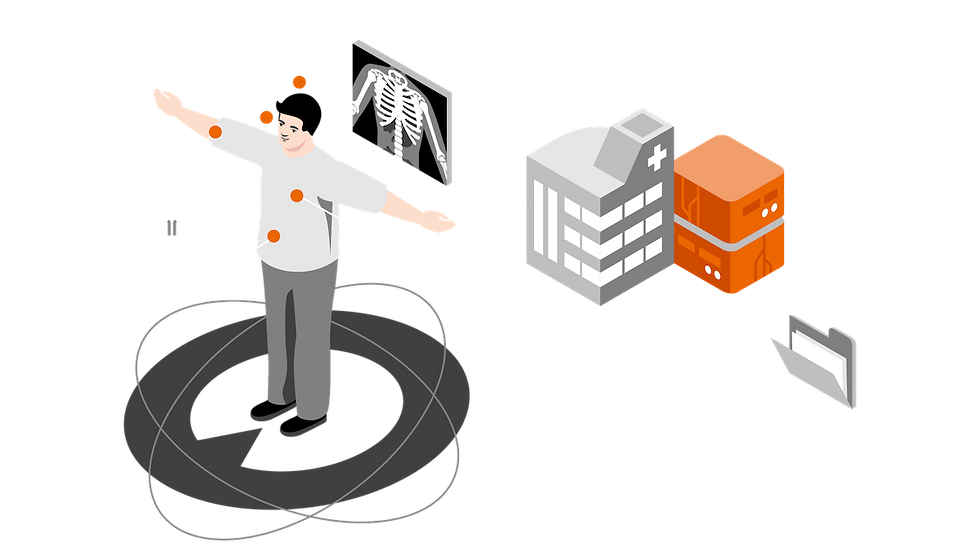The Importance of Stakeholder Alignment in Construction Projects
- Balwinder Singh
- Sep 25
- 3 min read
Updated: Nov 4
Construction is rarely a solo endeavor. On capital programs and complex commercial projects, multiple stakeholders are involved from start to finish:
Owners and asset managers
Tenant representatives
Architects and engineers
General contractors and subcontractors
Municipal agencies and inspectors
End users and operations teams
Each group has its own priorities, pressures, and points of view. Aligning these groups — and keeping them aligned — is critical to delivering projects smoothly, on time, and on budget.
Without alignment, miscommunication, scope creep, and schedule impacts become inevitable.
Why Alignment Is So Difficult (and Important)
Different Definitions of Success
For the owner, success may mean ROI and operational readiness. For the contractor, it may mean meeting schedule and safety goals. Without shared objectives, decisions become fragmented.
Competing Priorities
Design, cost, quality, and schedule rarely align perfectly. Trade-offs are required. Alignment ensures these trade-offs are made transparently and intentionally.
Communication Silos
When stakeholder groups aren’t engaged regularly or uniformly, key information can be missed. This can lead to rework or disputes.
Shifting Conditions
Projects evolve. Without proactive coordination, changes ripple through teams unevenly. This creates confusion and mistakes.
How to Keep Stakeholders Aligned
1. Establish Clear Roles and Responsibilities
Define early who is responsible for decisions, approvals, and information flow. Ambiguity creates gaps and slows progress.
2. Create Unified Project Objectives
Develop and share a common set of success criteria — budget, timeline, quality standards, and risk tolerances. Ensure every stakeholder understands what matters most.
3. Maintain Consistent Communication
Set regular touchpoints: program-level meetings, site coordination sessions, and executive updates. Document decisions and circulate them to maintain shared understanding.
4. Use Centralized Project Tools
A single source of truth — through construction management software or shared platforms — reduces version control issues. This keeps teams working from the same information.
5. Foster a Collaborative Mindset
Culture matters. Teams that approach challenges collaboratively, rather than defensively, resolve conflicts faster and with better outcomes.
6. Stay Ahead of Change
Program management should include change management protocols. Ensure impacts on scope, schedule, and cost are reviewed and approved collectively — not reactively.
The Role of Technology in Enhancing Alignment
In today's digital age, technology plays a vital role in enhancing stakeholder alignment. Utilizing advanced tools can streamline communication and improve project management.
Project Management Software
Investing in project management software can centralize information. This ensures that all stakeholders have access to the latest updates and documents. It reduces the risk of miscommunication and keeps everyone on the same page.
Real-Time Collaboration Tools
Real-time collaboration tools allow stakeholders to communicate instantly. This fosters a culture of transparency and quick decision-making. When everyone is informed, alignment becomes easier.
Data Analytics
Data analytics can provide insights into project performance. By analyzing trends, stakeholders can make informed decisions. This proactive approach helps in maintaining alignment throughout the project lifecycle.
Conclusion
Construction success is often seen as a function of budget and schedule. However, alignment is what makes those possible.
Projects with aligned stakeholders move faster, experience fewer disputes, and create better outcomes. This is true not just in terms of buildings delivered, but also in relationships preserved.
In today’s complex construction environment, managing alignment is not optional. It is leadership.
By focusing on clear communication, defined roles, and leveraging technology, we can ensure that all stakeholders are on the same path. This alignment is essential for delivering successful projects that meet the needs of all involved.



